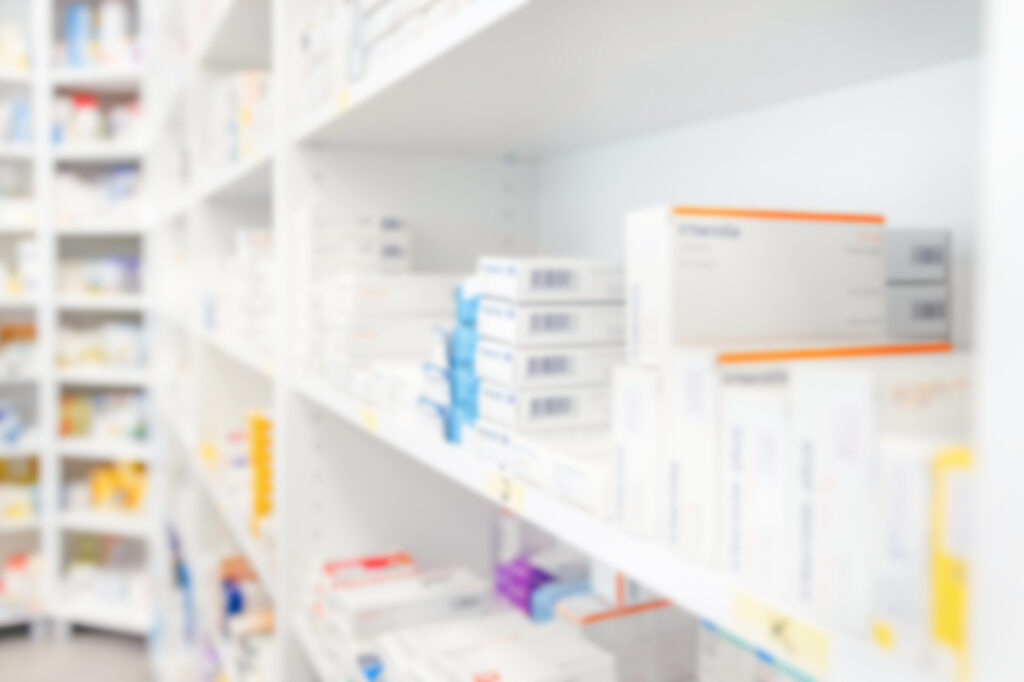With an 8.9% increase in health benefit costs in the U.S. this year, many people are struggling to keep up with the rising expenses associated with healthcare. For those managing chronic conditions, like diabetes or high blood pressure, or those needing routine over-the-counter medications, the financial strain is even more acute.
Despite the growing costs, the need for medications remains constant, placing a strain on countless household budgets.
Luckily, prescription savings cards and programs offer a compassionate solution to this challenge. Since they provide valuable discounts on medications, they can ease the financial burden of necessary prescriptions.
Find out how prescription savings cards allow individuals to access lower prices at participating pharmacies and make a meaningful difference in reducing out-of-pocket costs.

What is a Prescription Savings Card?
A prescription savings card is a helpful tool designed to make medications more affordable. When you present the card at a participating pharmacy, it applies a discount to the cost of your medication, which can lead to significant savings.
Prescription saving cards are often free to obtain and can be used by anyone, regardless of insurance status. They are particularly useful for people without insurance or those who have high-deductible plans.
The goal of a prescription savings card is to help reduce the out-of-pocket costs for necessary medications, making it easier for you to manage your health, access lower prices, and make your medication more affordable.
How Do Prescription Savings Cards Work?
Obtaining a prescription savings card is straightforward. You can often get one online, through your pharmacy, or by contacting organizations that offer these cards.
Once you have a card, using it is simple. Present the card at a participating pharmacy when you pick up your medication, and the discount will be applied directly to your purchase.
The discounts offered by prescription savings cards can vary based on the medication, the pharmacy, and the card itself. Some cards provide savings of up to 75%, especially for high-cost medications or for those without insurance coverage.
Who Can Benefit from Prescription Savings Cards?
Prescription savings cards are a valuable resource for many people. Here’s a closer look at who can benefit from using these cards:
- General Population: Prescription savings cards can be useful for anyone who needs to purchase medications. Whether you’re dealing with a short-term illness or taking long-term medications, these cards provide discounts that can help reduce the cost of your prescriptions.
- Uninsured or Underinsured Individuals: If you don’t have health insurance or have limited coverage, prescription savings cards can be especially beneficial. They offer a way to access reduced prices on necessary medications and ease the financial strain.
- People with High Deductibles: Even if you have health insurance, high deductible plans can mean substantial out-of-pocket costs for prescriptions. Prescription savings cards can help bridge this gap by offering additional discounts, which can make managing your medication expenses more manageable.
Are Prescription Savings Cards Free?
In most cases, prescription savings cards are provided at no cost by the organizations that sponsor them. Reputable savings card programs will not charge you fees for the card itself either.

Are Prescription Savings Cards the Same as Insurance?
Prescription savings cards and insurance might seem similar since both can help reduce the cost of medications, but they serve different purposes and function in distinct ways.
Health insurance is designed to cover a broad range of medical expenses, including:
- Doctor visits
- Hospital stays
- Prescription medications
- Preventive services
- Visits to specialists
When you have insurance, it typically helps pay a portion of your medication costs based on your plan’s benefits. This can include coverage for various types of medications, depending on your specific policy and any associated copays or deductibles.
Prescription savings cards, on the other hand, are specifically focused on providing discounts for medications. They are not insurance but rather a way to reduce the out-of-pocket cost of prescriptions. Cards don’t offer coverage for other healthcare services like insurance does but can still lower the cost of your prescriptions.
One of the key benefits of prescription savings cards is that they can be used alongside your insurance. If you have insurance but still face high out-of-pocket costs for certain medications, using a savings card can provide additional discounts and reduce your total expenses. This makes it easier to manage your medication costs without relying solely on insurance coverage.
How Do Prescription Savings Cards Compare to Manufacturer Coupons?
Manufacturer coupons are another option to help lower the cost of medications. They are issued by drug manufacturers and offer discounts or rebates on specific medications. While both prescription savings cards and manufacturer coupons aim to reduce medication costs, they operate differently.
Prescription savings cards usually offer broader discounts, which means you can use them at participating pharmacies for various drugs.
On the other hand, manufacturer coupons are often specific to certain brands or types of medications. They are usually limited to particular drugs from one manufacturer and may not be used for other medications.
To determine which option provides the most savings for you, consider both types. Savings cards can be more flexible if you have multiple prescriptions or visit different pharmacies. Manufacturer coupons might offer deeper discounts on specific medications but may not be as versatile.
Can Prescription Savings Cards Be Used for All Medications?
Prescription savings cards can be used for many medications, but not all. The availability of discounts may vary based on the type of medication, whether it is a brand-name or generic drug, and the participating pharmacies.
Some cards may have limitations or exclusions, so it is important to check the specifics of the card you are using to ensure it covers your medications.

Get Financial Relief with Our Prescription Savings Card and Programs
Prescription savings cards can be a valuable resource for managing medication costs, offering discounts that can significantly reduce your expenses.
At Health Access Now, we provide a free prescription savings card that can save you up to 75% at over 60,000 pharmacies. If you’re spending over $50 a month per medication, we can also help you qualify for further discounts by applying for benefits through non-profits and government programs on your behalf.
Contact us today or visit our website to check if your prescriptions qualify for assistance in your state.


